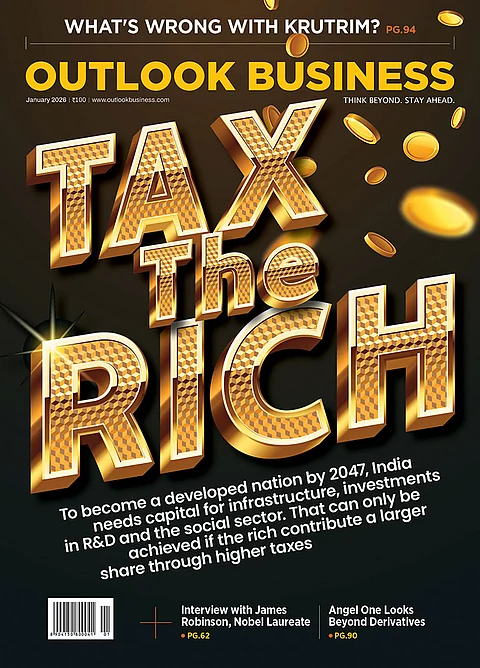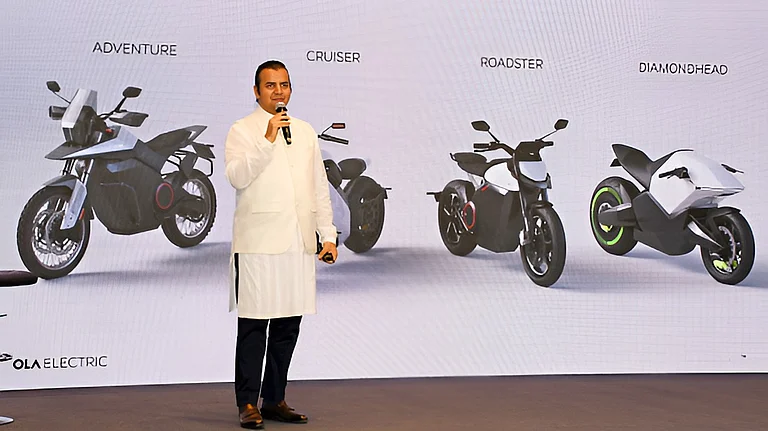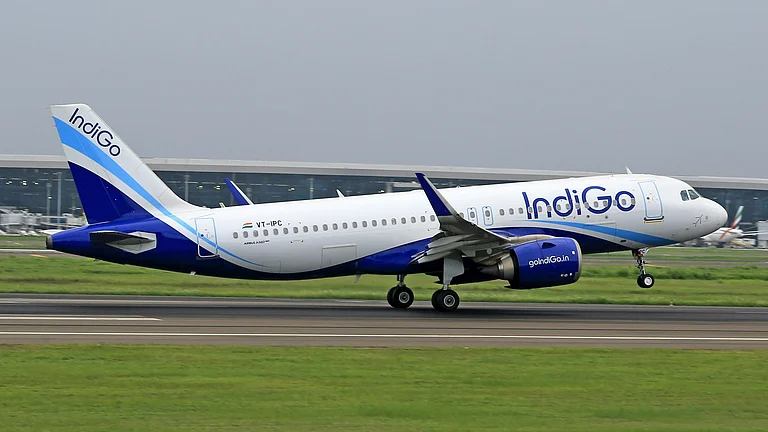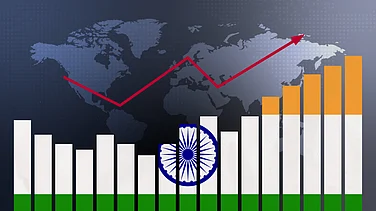In the last few months, two of India’s most recognisable industry leaders have been in the headlines for all the wrong reasons: IndiGo Airlines and Ola Electric. These companies have been battling an increasing number of problems pertaining to profitability, operational efficiency and customer satisfaction. Despite their stranglehold on their respective industries, their aggressive expansion plans and financial blunders have seen them face liquidity concerns and growing dissatisfaction among users. Both companies, despite differences in sector and business models, are striving to optimise their operational processes, but the outcomes they have achieved—and the challenges they face—tell different stories.
Consistent Cost Control
IndiGo’s growth in recent years has been nothing short of impressive. As India’s largest low-cost carrier, it has successfully navigated the highly competitive and capital-intensive airline industry. In the financial year 2024, IndiGo reported a remarkable 25% increase in passenger traffic, reaching 107mn passengers, with a fleet expansion that brought the total number of aircraft to 367. This expansion allowed the airline to operate 2,016 daily flights, an 11% increase from the previous year. The airline’s ability to scale its operations without compromising on profitability speaks volumes about its robust operational model.
A critical component of IndiGo’s operational efficiency has been its management of costs, particularly fuel expenses. Aviation Turbine Fuel (ATF) is the largest single cost driver for airlines and IndiGo has been able to capitalise on favourable market conditions. In FY2024, a 20% decline in ATF prices resulted in a reduction in fuel costs as a percentage of revenue—from 44% in FY2023 to 35%. This decline allowed the airline to eliminate the fuel surcharge on passenger tickets, passing on the benefit to consumers while also improving its margins.
Despite a sharp rise in flight volumes, IndiGo managed to keep other operational costs—such as aircraft ownership, employee benefits and ground handling—relatively stable as a percentage of revenue. This consistency in its cost structure demonstrates the airline’s ability to scale its operations without significant cost creep. As a result, the company reported a profit after tax (PAT) of Rs 82bn and an earnings per share (EPS) of Rs 212 for the fiscal year.
However, IndiGo’s reliance on the volatility of fuel prices remains a key vulnerability. Any sudden spike in fuel costs—due to geopolitical tensions or supply disruptions—could jeopardise the airline’s operational efficiency and profitability. This can possibly help the company avoid erosion of the trust of customers who enjoyed low-cost air travel offered by IndiGo.
Ola Electric's Duel
Ola Electric is positioned at the forefront of the EV [electric vehicle] market in India and takes pride in driving the trend towards green mobility for India. Aggressive two-wheeler EV domination led to aggressive manufacturing and marketing efforts. In contrast to IndiGo’s operational success, Ola Electric’s journey has been more volatile, especially in terms of managing operational costs. Recently, the news of services of Ola EV failing to reach its customers caught significant media attention. Ola Electric is currently under the scanner by the department of consumer affairs due to complaints regarding its products and services.
The company entered the stock market in August 2024 with an IPO [initial public offering] worth Rs 6,150 crore, signalling its ambition to dominate India’s rapidly growing EV sector. At its peak in 2019, Ola Electric controlled 52% of the market share in electric two-wheelers, but by September 2024, its market share had shrunk to 27.4%, reflecting the intense competition it faces from both new entrants and traditional two-wheeler giants such as Hero Honda and TVS.
Ola Electric’s business model revolves around vertical integration—controlling its manufacturing, research and development (R&D) and distribution processes. While this strategy initially provided the company with a competitive edge, it has proven to be costly. The company’s total expenses as a percentage of revenue surged to 125% in FY2024, up from 116% in the previous year. A significant driver of this increase was the rising cost of materials, which now accounts for 88% of Ola Electric’s revenue, compared to 75% the previous year.
While these numbers are significantly better than FY2022 (128%), the challenges still remain. The company’s reliance on external suppliers for key components, such as battery cells sourced from China, has exposed it to price volatility and supply chain risks. Moreover, as competition in the EV market intensifies, Ola Electric faces mounting pressure to innovate and improve its product offerings, including advancements in battery technology, software and after-sales service. Without addressing these operational inefficiencies, the company risks undermining its profitability and market position.
The challenges Ola Electric faces are compounded by its exposure to regulatory risks. Changes in taxation, government subsidies or environmental regulations could further strain the company’s operational model. Existing traditional players like Hero Honda and TVS have deep pockets and can compete with Ola for years in the future. Despite the capital raised through its IPO, Ola Electric’s path to profitability remains uncertain unless it can manage its costs more effectively and navigate the competitive landscape with agility.
A Tale of Two Companies
While both IndiGo and Ola Electric have focused on scaling their operations, the industries they operate in present unique challenges that influence their ability to achieve operational efficiency. IndiGo’s success in managing fuel costs and maintaining stable non-fuel expenses has enabled it to maintain profitability, despite the inherent volatility in the airline industry. On the other hand, Ola Electric’s aggressive expansion strategy, coupled with rising material costs and competition, has led to a tight spot impacting its ability to generate sustainable profits.
IndiGo’s ability to mitigate fuel price volatility through effective cost management has been a key factor in its operational success. However, its long-term profitability depends on maintaining control over its cost structure and navigating external risks such as fuel price fluctuations. The airline’s robust operational model, coupled with its capacity for expansion, positions it well for continued growth, provided it can manage these external pressures.
Ola Electric, in contrast, faces a more interesting situation. Its vertical integration strategy, while giving it control over production, has resulted in higher costs and operational inefficiencies. The company’s reliance on imported raw materials and its exposure to regulatory changes only add to the complexity of its operational model. As competition in the EV market intensifies, Ola Electric will need to find ways to streamline its operations, reduce costs and improve its product offerings to stay ahead of rivals.
IndiGo and Ola Electric have shown resilience and innovative thinking, which have raised the bar in their sectors. However, with their current financial and operational distress, it will be difficult to predict how well they adapt. The comparison between IndiGo and Ola Electric underscores the critical role that operational efficiency plays in determining profitability. While IndiGo has excelled in managing its costs and maintaining operational stability, it appears that Ola Electric has still some miles to go. Both companies must continue to adapt to external market conditions and internal pressures if they hope to sustain their growth and profitability in the years to come.
Jayatu Sen Chaudhury, professor of financial analytics and Surya Prakash, associate professor, operations, are both from the Great Lakes Institute of Management, Gurgaon. Views expressed are personal.

























